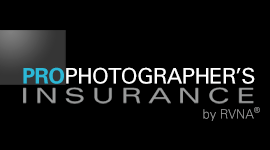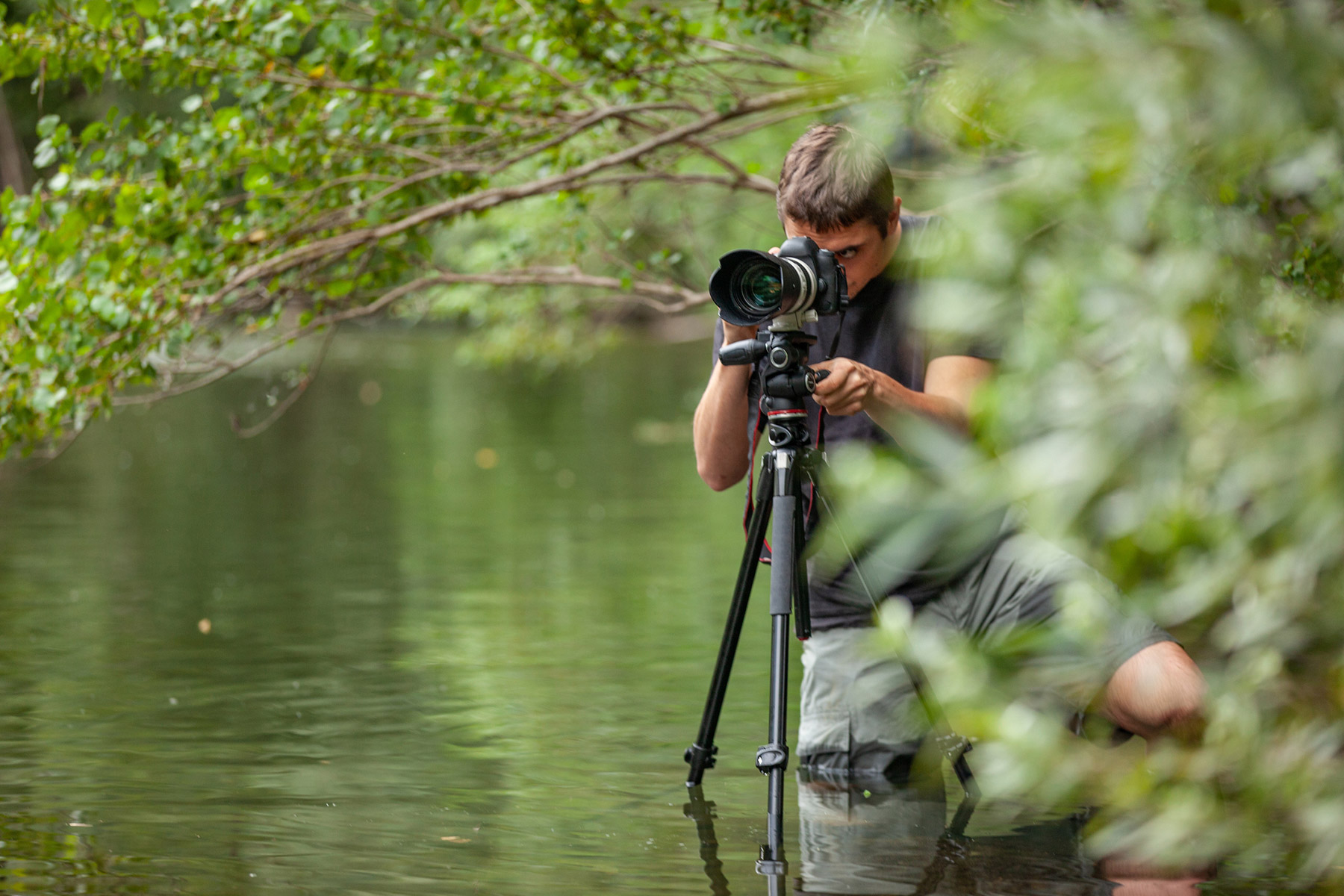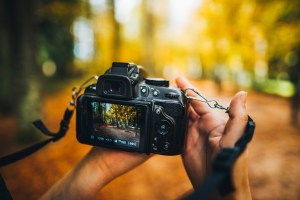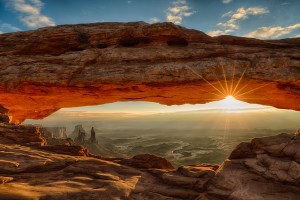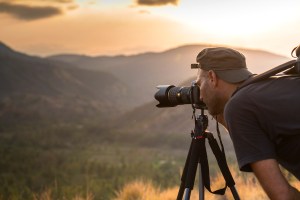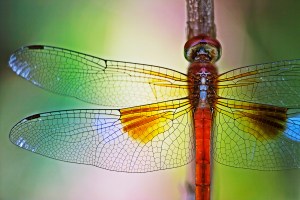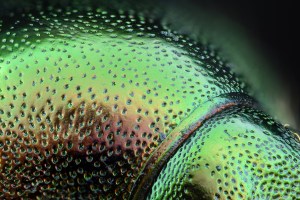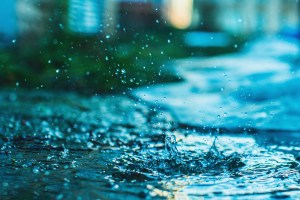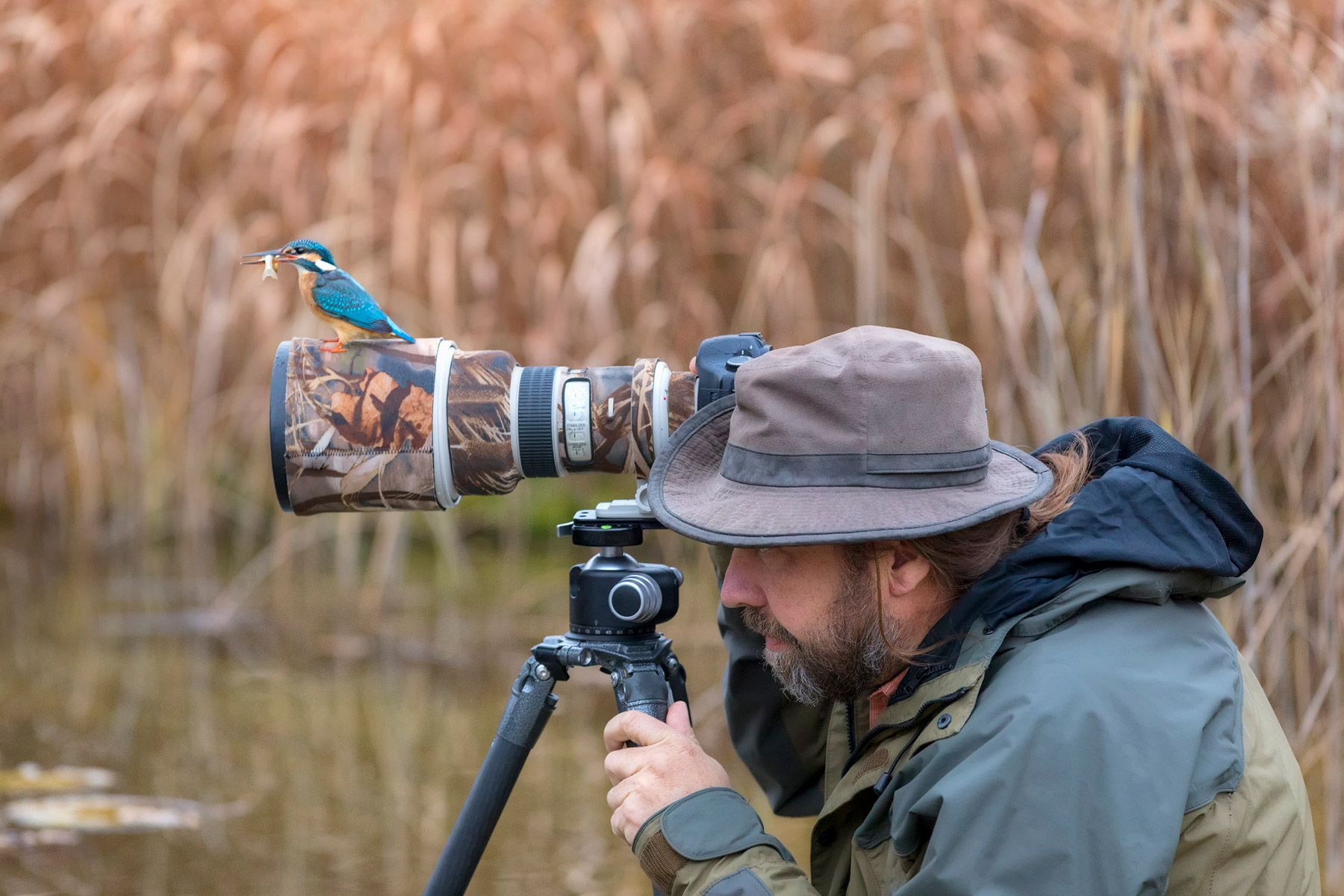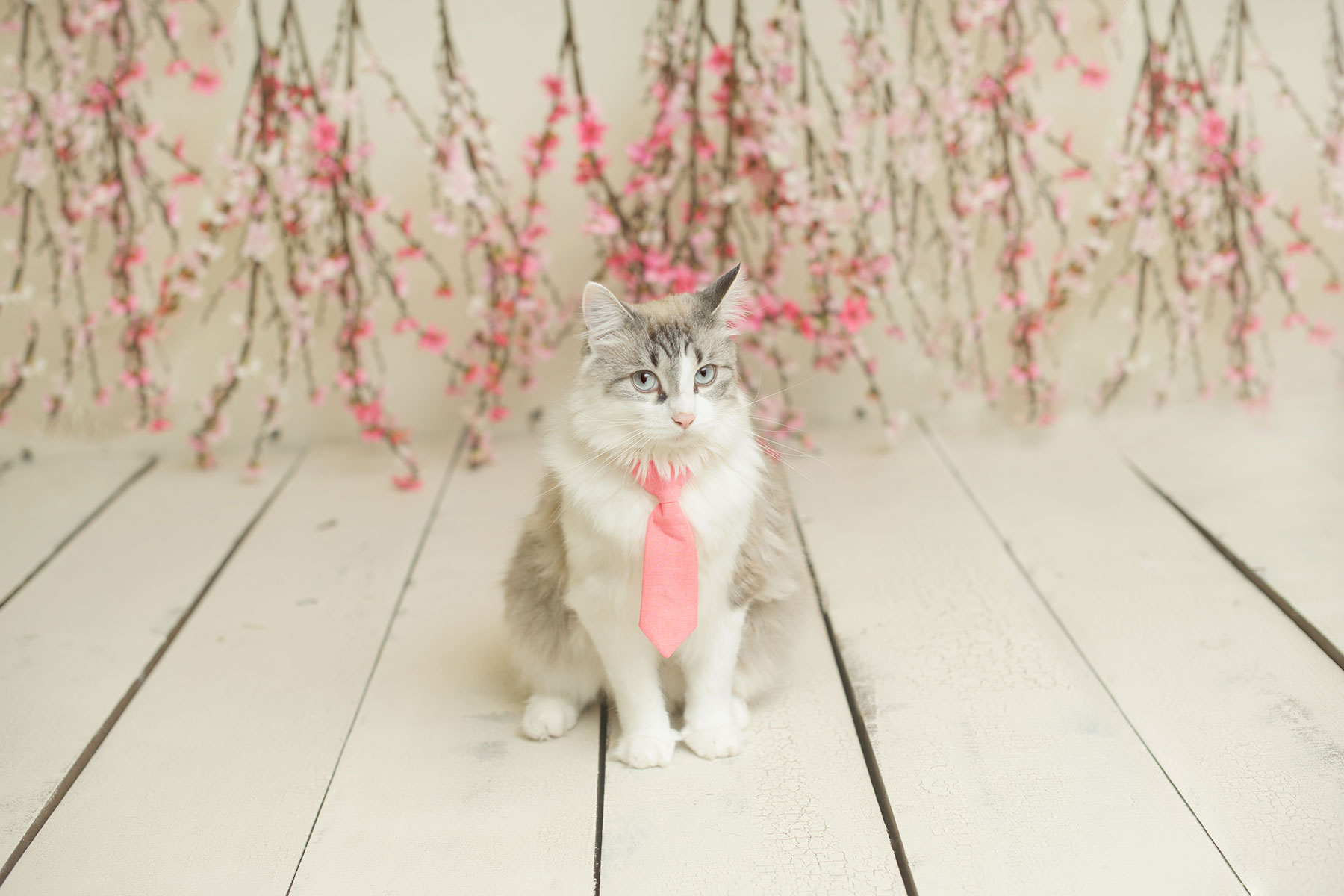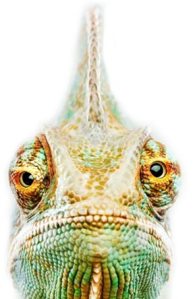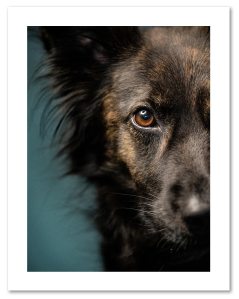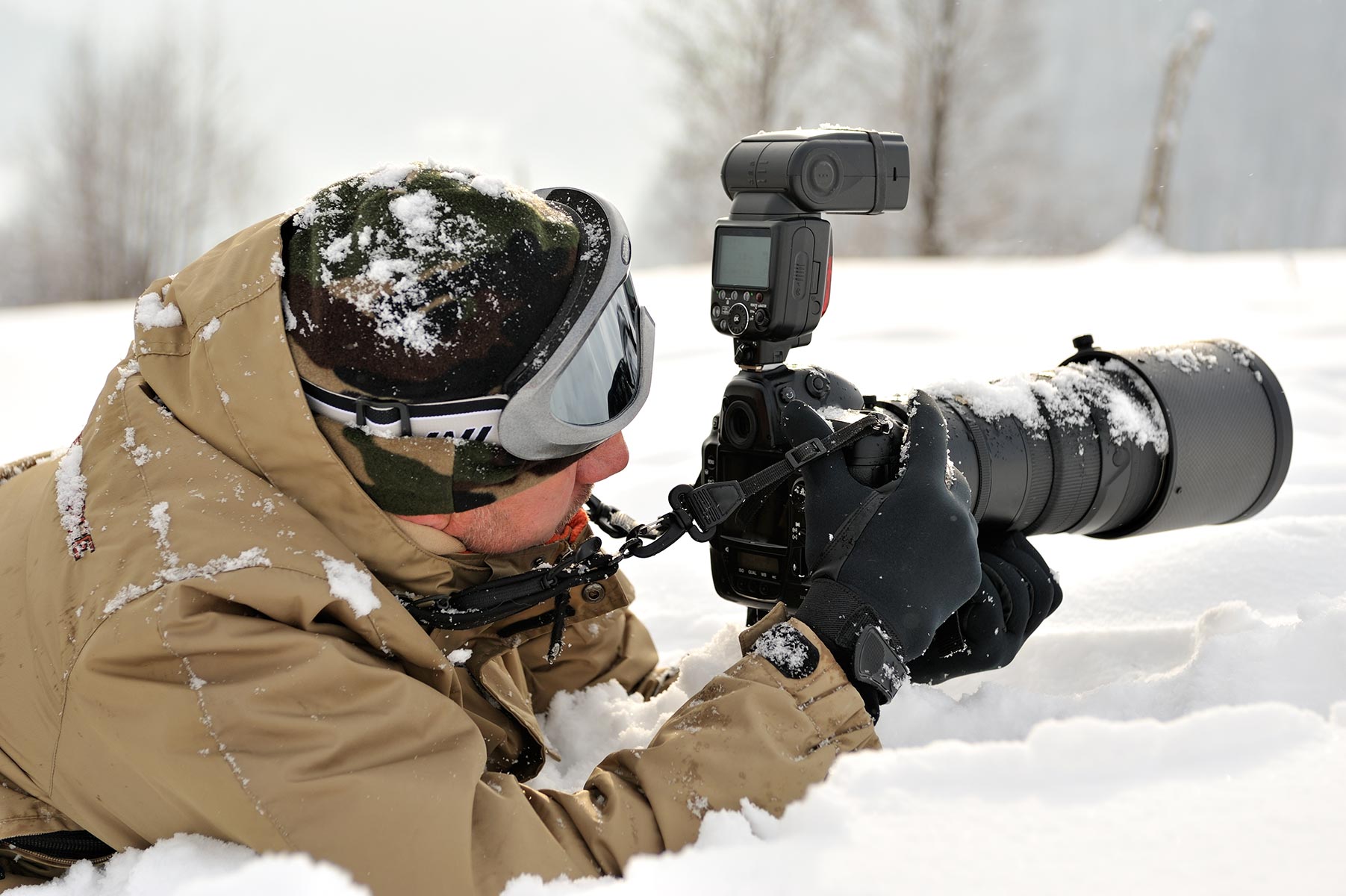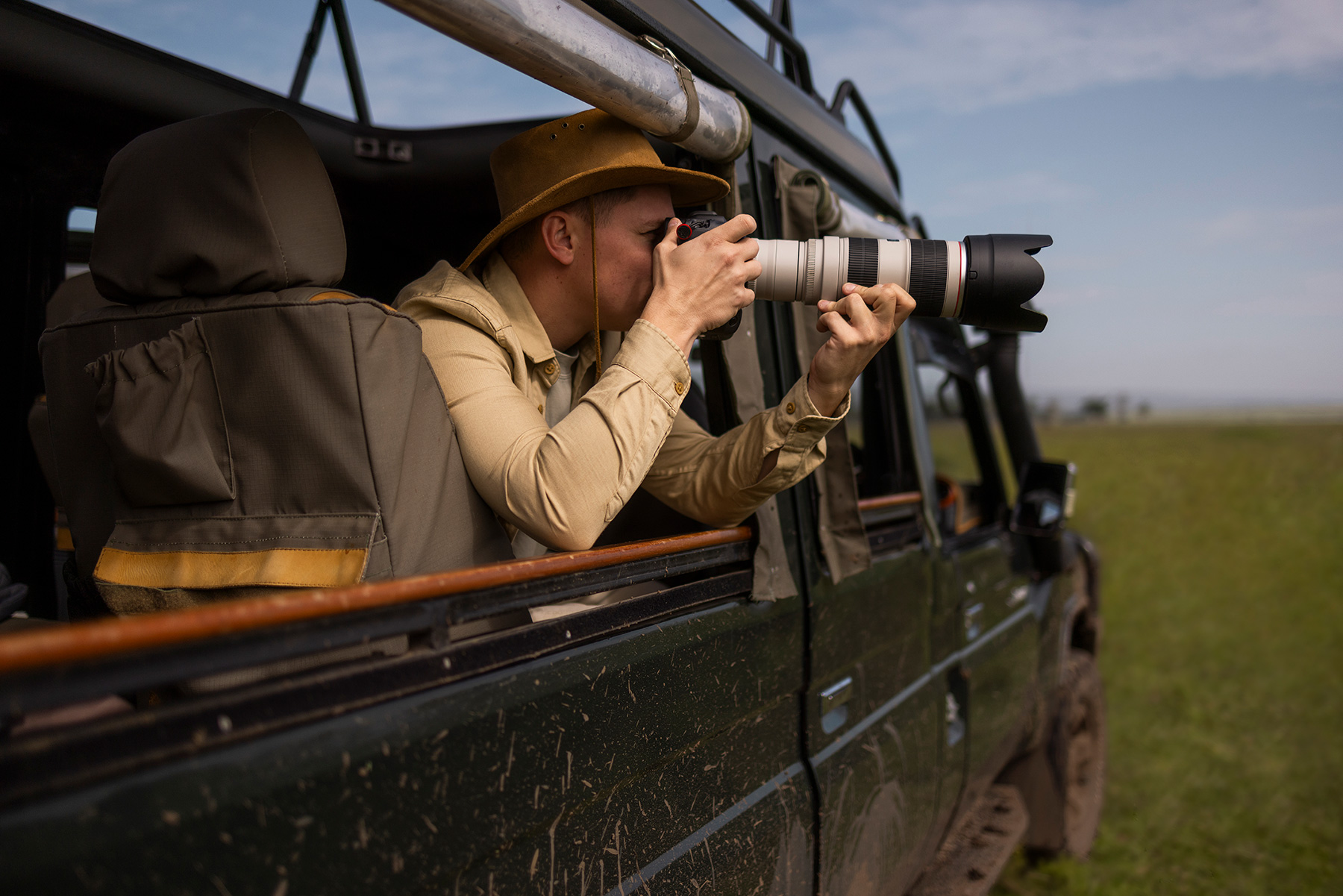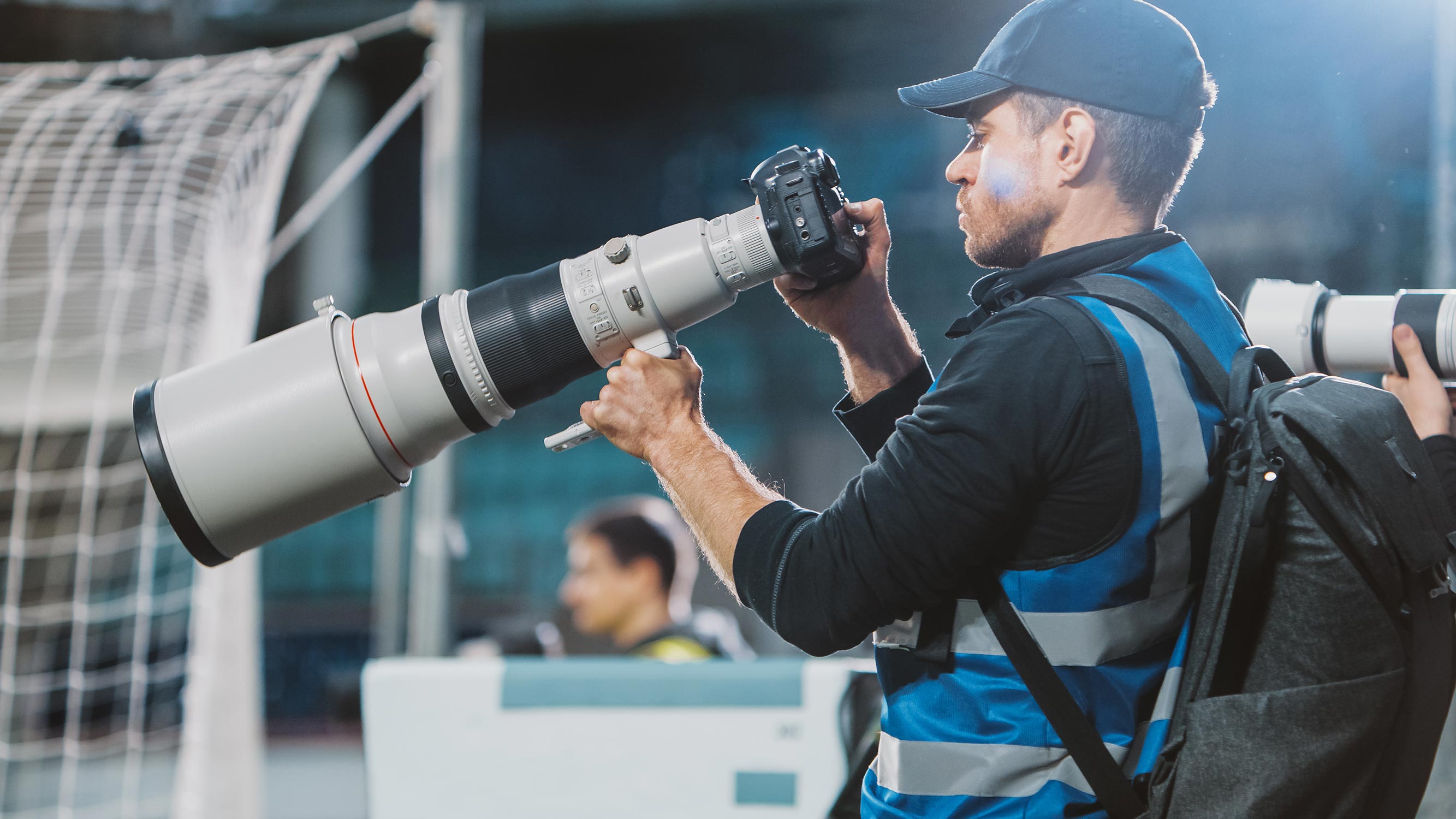Photography has the power to unveil the unseen, capturing the intricate details of the world that often go unnoticed. Nature photography, whether it’s grand landscapes or intimate macro shots, allows photographers to bring the beauty of the outdoors to life. Within this field, macro photography is a specialized niche that reveals the tiny wonders of nature—capturing close-up details of insects, flowers, textures, and other minute subjects. Both nature and macro photographers require precision, patience, and the right tools to create compelling imagery, as well as the necessary protection to safeguard their gear and business.
The Art of Nature Photography
Nature photographers immerse themselves in the wild, documenting landscapes, wildlife, and natural elements in their rawest form. This type of photography demands an understanding of lighting, composition, and environmental conditions to create visually striking images.
Key Challenges for Nature Photographers:
- Unpredictable Weather: Working in the elements means dealing with rain, wind, snow, and extreme temperatures that can impact both the photographer and their equipment.
- Wildlife Movement: Capturing animals in their natural habitat requires patience, quick reflexes, and knowledge of animal behavior.
- Remote Locations: Many of the best shots require travel to hard-to-reach locations, increasing risks to both equipment and personal safety.
Essential Equipment for Nature Photographers:
- Telephoto Lenses – For capturing distant wildlife.
- Tripods – To stabilize shots in challenging terrain and ensure sharp images.
- Waterproof Camera Bags – To protect gear from the elements.
- Filters – Polarizing and ND filters enhance landscape photography.
Macro Photography: Discovering the Details
Macro photography allows photographers to explore a hidden world, showcasing textures, patterns, and intricate details invisible to the naked eye. It requires extreme precision and an understanding of focus, depth of field, and lighting.
Common Subjects for Macro Photography:
- Insects & Butterflies: Capturing the stunning detail of wings, antennae, and textures.
- Flowers & Plants: Showcasing delicate petals, pollen, and natural patterns.
- Textures & Patterns: From tree bark to exoskeletons of the Japanese beetle, macro photography highlights tiny, often overlooked details in nature and insects.
Techniques for Stunning Macro Photography:
- Use a Macro Lens – Specialized lenses allow for extreme close-ups with high detail.
- Focus Stacking – Combining multiple images at different focus points for maximum sharpness.
- Soft Lighting – Using diffusers or natural light to avoid harsh shadows.
- Tripods & Remote Shutters – To minimize camera shake and enhance sharpness.
Why Nature & Macro Photographers Need Insurance
Both nature and macro photographers often work in unpredictable environments, making worldwide equipment insurance and liability coverage essential for their profession. Investing in the right insurance ensures that photographers can focus on their craft without worrying about financial losses due to accidents, theft, or equipment damage.
Types of Insurance for Nature & Macro Photographers:
Equipment Insurance
Accidents happen, especially in outdoor settings. Cameras can be dropped, lenses can crack, and sensitive camera equipment may need to be serviced or replaced. RVNA equipment insurance covers:
- Accidental Damage: Covers the cost to repair or replace cameras, lenses, lighting setups, and tripods that are accidentally damaged during shoots.
- Theft Protection: Whether you’re photographing deep in the wilderness or in a public park, theft can occur. Equipment insurance ensures you can replace stolen items without financial setbacks.
- Damage from Natural Disasters: Whether it’s a sudden downpour, fire, or an earthquake, insurance protects against accidental damage when nature surprises you. Even your studio or office equipment including laptops, monitor, and drives are protected under Equipment insurance.
- Replacement Cost Coverage: With RVNA’s Pro Photographer Insurance high-end gear can be replaced with comparable new models instead of just receiving the depreciated value.
- No Per-Item Limit: RVNA’s equipment coverage allows photographers to choose an overall coverage amount with no per-item limit, so high-end gear is protected.
General Liability Insurance
Nature photographers often work in public spaces or on private property where accidents can happen. If someone trips over your gear, or if property is damaged due to your setup that’s where liability insurance is important. Liability insurance covers:
- Bodily Injury Claims: If a passerby or client is injured due to your equipment or setup, liability insurance covers medical expenses and protects against high legal fees.
- Property Damage: If a photographer accidentally damages a venue, landscape installation, or other property during a shoot, insurance helps cover repair costs and helps to avoid costly lawsuits.
- Venue Requirements: Many national parks, conservatories, and private estates require proof of liability insurance before granting photography permits.
Emergency Assistance Plus® (EA+)
For nature photographers who travel internationally, work in remote locations, or even travel outside their state, RVNA has partnered with Emergency Assistance Plus, a service that provides vital support during medical emergencies. EA+ is designed to assist photographers who face a medical emergency requiring hospitalization while away from home, ensuring they get the proper medical care and safe transportation home if needed.
- Medical Emergencies: Outdoor photography can pose physical risks, from falls while hiking to encounters with wildlife. Emergency Assistance Plus provides access to highly skilled professionals to coordinate necessary medical care, including air ambulance transportation home if required.
- A Card You Keep With You: EA+ membership goes beyond just protecting the photographer. With a Premiere membership, if a photographer is traveling with family or a pet and needs medical evacuation, EA+ arranges and covers transportation home for their companion, including minor children or a pet.
